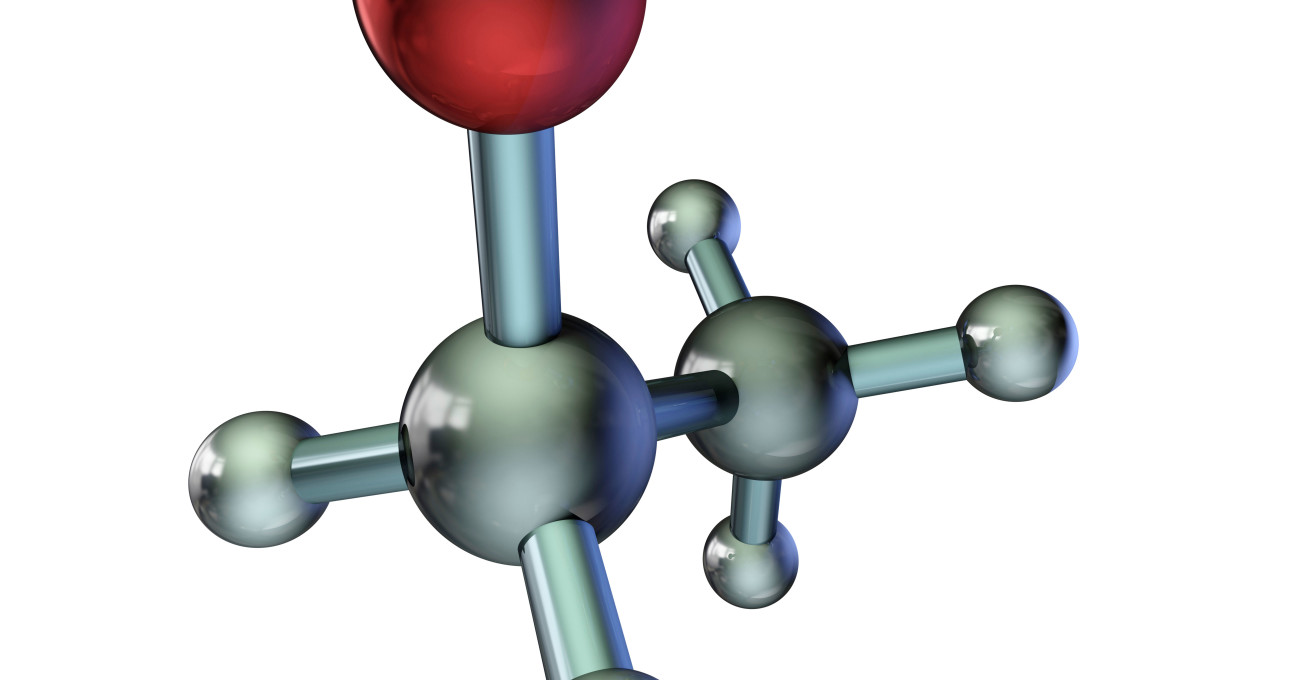Seven Molecules’ Claim to Fame
(Nautilus Magazine) From drinking water to DNA, from caffeine to carbon dioxide, and from Lipitor to Viagra—that is from atorvastatin to sildenafil citrate—molecules define our personalities, regulate our abilities, and dictate our feelings. Invisible to the human eye, many of them are biological celebrities: They famously smell or stink, make us feel depressed or elated, pollute our planet or save our lives. Even the most destructive molecules are so essential to our civilization that modern industry wouldn’t exist without them. Here we describe seven of the most prominent corpuscular figures, without which our life would be completely
Beta-ionone—the sexy scent superstar
Beta-ionone, the sweet-smelling molecule that gives many a flower its pleasant alluring aroma, is famed for its sexy odor. You smell it when you sniff wild violets, enjoy your Valentine’s Day bouquet, or catch a whiff of Chanel perfume.
“Flowers are the sexual organs of plants,” says Ayala Moriel of Ayala Moriel Parfums, which specializes in natural scents. Beta-ionone is important to flowers’ reproductive strategy and helps attract bees and other insect pollinators.
But it also happens to be pleasing to humans, which explains its celebratory status in the world of manufactured scents. Chanel No.19, Fleur No. 1, Après l’Ondée, l’Heure Bleue, and many others use beta-ionone.
Beta-ionone is highly volatile, meaning it vaporizes easily—otherwise it would never waft off the blossoms. It also has an extremely low odor-detection threshold. While its molecular formula is always the same, C13H20O, the experience of smell varies greatly from person to person, Moriel says. “Beta-ionone smells powdery but with a green scent, although some might find it more fruity, like raspberry.”
Ethanol—the celebrated intoxicant
From punk rock shows to operas and from weddings to world leaders’ meetings, ethanol, more commonly known as alcohol, C2H6O, is poured into every celebratory champagne flute, chilled martini glass, and frothing beer mug.
Quickly absorbed by the blood stream, ethanol molecules travel to the liver, kidneys, and also the brain, where they interfere with the neurotransmitter receptor proteins involved in memory, speech, and decision-making. These receptors contain cavities that are normally filled with water, but ethanol works its way into the cavities, displacing the water.
“In most proteins this displacement wouldn’t make any difference—ethanol is close enough to water that the protein doesn’t care,” said R. Adron Harris, Director of the Waggoner Center for Alcohol and Addiction Research at the University of Texas, Austin. “But in certain proteins in the brain, ethanol changes their function.”
Ethanol stimulates gamma-aminobutyric acid (GABA) receptors, which have a brain-dampening effect, and inhibits glutamate receptors, which have a brain-stimulating effect. Ethanol also stimulates the production of happiness-inducing brain chemicals, including dopamine and endorphins. The result is the slurry, blurry good cheer we know as intoxication.
Because a single gram of alcohol increases urination by 10 mL, drinkers become dehydrated. As the body metabolizes ethanol, water reinserts itself into protein cavities, and then the brain finds itself in overdrive. The result is the headaches, sleep disruption, fatigue, and nausea of a hangover. That’s why many party-goers find that a drink the next morning alleviates the symptoms and why chronic alcoholics need a reinfusion so desperately.
different. In fact, without some of them, scientists say, there’d be no human life at all.
